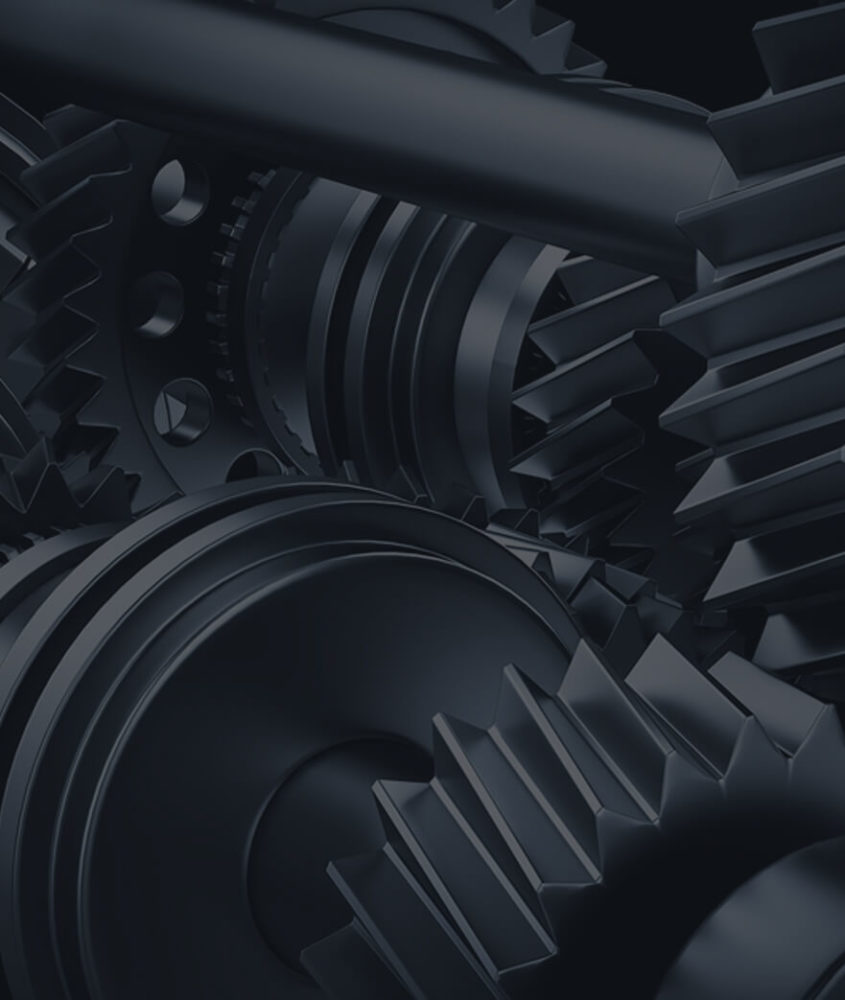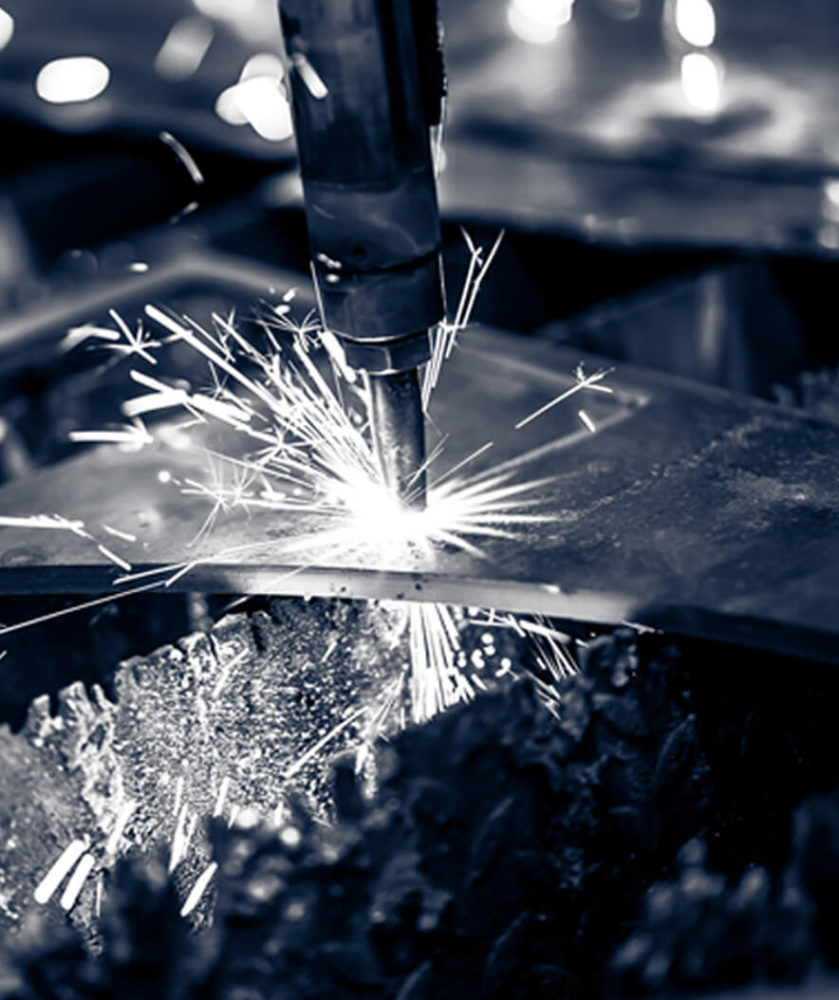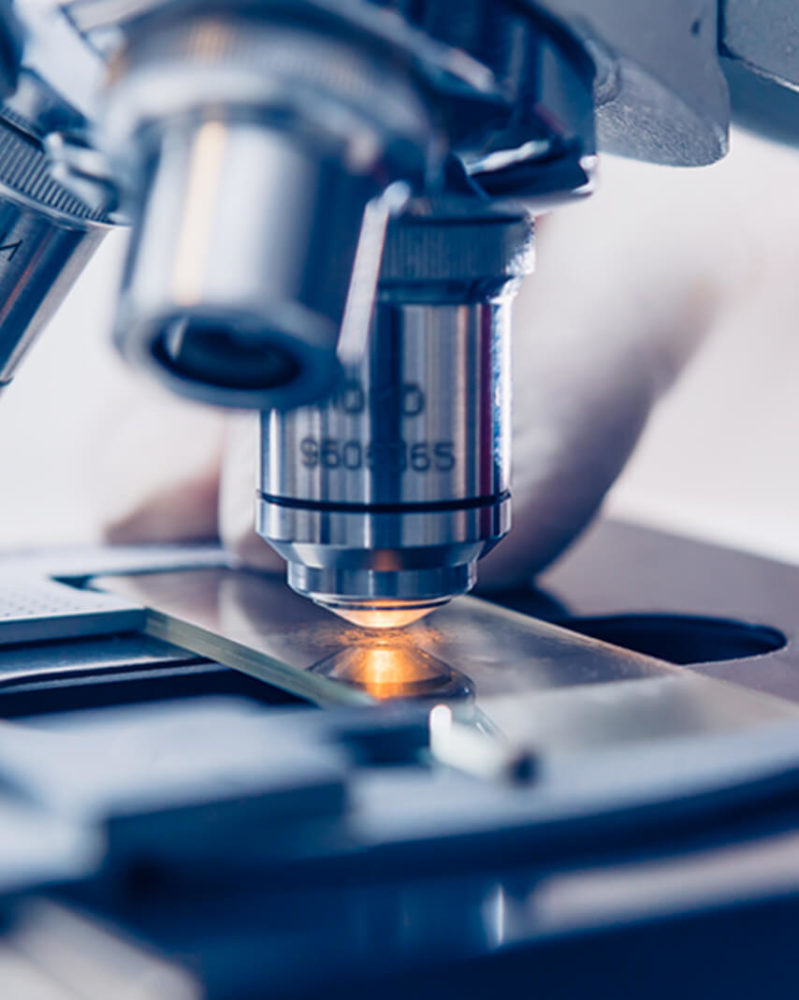Laser Marking Technologies empowers its manufacturing and industrial customers with pulsed fiber laser etching systems for the marking and traceability of metal and metal products in a wide range of industries. These applications can be found in the automotive industry, electronics and electrical industry, mechanical engineering and tool manufacturing, sheet metal processing, medical technology and the jewelry industry.

METAL 

PLASTIC 

NYLON

POLYETHYLENE

SILICONE

GRAPHITE EDM ELECTRODES

CERAMIC
Laser marking systems from Laser Marking Technologies are compatible with a comprehensive material range, depending on your application’s requirements. Although plastics and metals are among the most common substrates, our lasers can also handle composites, ceramics and semiconductor materials like silicon.
Examples of metal types include aluminum, steel, brass, copper, titanium and chrome. Plastics include black Delrin, plastic housings and many other flexible or rigid plastics.
Other material examples include:
Laser Marking Technologies, LLC develops laser marking solutions that offer versatile applications across industries. Finding the right system for your laser marking machine applications is crucial for optimal performance and efficiency.
3D printing is a process of creating items by adding materials one small layer at a time. This technique allows you to build items that vary in complexity, shape, size, and materials.
3D engraving utilizes laser technology to create depth and texture on surfaces. It produces intricate designs, patterns, and varying tonal qualities, making it perfect for applications ranging from jewelry to mold patterns.
Color marking adds color to the surface of materials by forming an oxide layer. It’s ideal for creating color markings on metals and plastics for branding, product information, or other identifiers.
Laser ablation removes materials from a surface using a directed laser beam that breaks down chemical bonds. It’s an effective technique for cutting or marking materials such as ceramics, plastic, or metal.
Laser annealing recolors materials using controlled heat without distorting the surface. It’s commonly used to create high-contrast markings on steel, titanium, and stainless steel. This technique is ideal for industries requiring durable, high-quality markings.
Laser engraving turns a solid material into gas through vaporization and creates permanent, deep markings. Laser etching uses heat to melt the surface of more delicate materials and produces high-contrast markings without going as deep as engraving.
Glass engraving is ideal for producing deep grooves and cavities or creating a 3D effect on glass. Etching works best for marking barcodes, serial numbers, and logos on glass surfaces.
Wood marking and engraving utilize focused laser beams to engrave intricate designs on wood surfaces. These techniques offer precise detail and allow you to create customized artwork, branding, and decorative items.
This technique employs lasers to remove rust, paint, and contamination from metal surfaces effectively. Laser rust removal preserves the underlying material and ensures a smooth surface, making it ideal for maintenance or restoration applications.
Laser welding is a high-precision process for joining two or more components using laser beams. It minimizes distortion and produces durable and repeatable welds without the need for additive material.
Medical marking involves using lasers to add unique device identifiers (UDIs) and critical information to medical devices. This process ensures traceability and compliance with regulations while avoiding contamination and surviving sterilization processes.
Our laser marking systems utilize advanced software to create permanent barcodes that allow for the traceability of items throughout the supply chain. This method enhances product tracking, inventory management, and quality control.

AUTOMOTIVE
Laser marking is the No. 1 choice for the identification of automotive parts and products, traceability codes, 1D/2D Codes, alphanumeric contents and serial numbers.

CUTTING TOOLS
Laser marking of turning, milling and drilling tools allows for the tool’s surface finish to remain unaltered.

FIREARMS
Cost-effective stainless-steel laser marking machines designed to fulfill the needs of the gun and firearms industry.

MANUFACTURING
Laser marking machines can be used to mark a variety of metals for parts traceability purposes and for 2D coding.

MEDICAL
Laser marking provides high quality marks and readability for metal and plastics devices like implants, surgical instruments, in vitro diagnostics devices and tubes.
At Laser Marking Technologies, we’re committed to providing each client with top-quality products at competitive prices, regardless of industry or business size. We’ll match any price from a competitor for a similar item to ensure you receive the most competitive deal. Simply show us the details of a competitor’s quote to request a price match.
We also offer various financing options to fit your budget, including a lease-to-own plan. Many clients often choose this option instead of buying the equipment outright, allowing them to pay a low monthly cost rather than a large lump sum upfront.